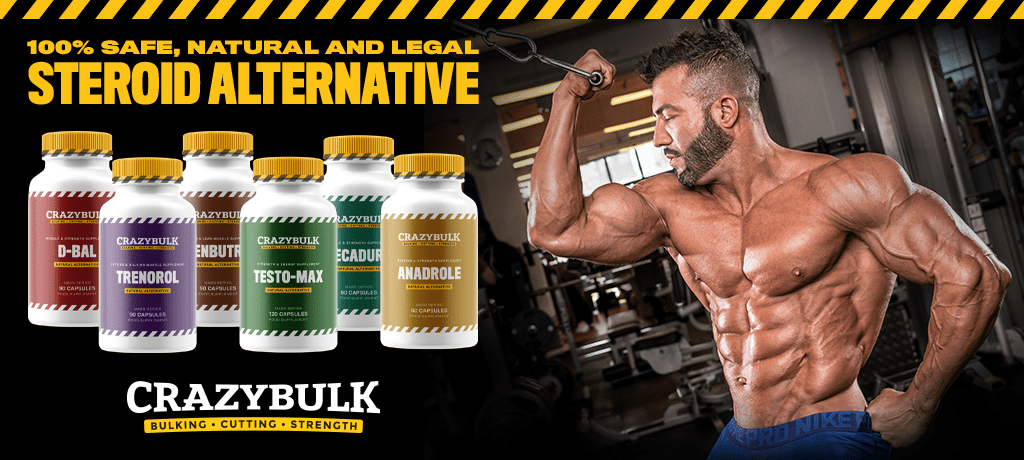Hypertrophy refers to the growth and expansion of muscle cells. Exercise can increase muscle size. Lifting weights is a great way to increase hypertrophy.
Types of Muscular Hypertrophy
- Myofibrillar: Growth of muscle contraction parts
- Sarcoplasmic: Increased muscle glycogen storage
Depending on your fitness goals, which type of training should you focus on? Strengthening your speed and endurance with myofibrillar training is a great option. Sarcoplasmic growth gives your body more energy to sustain endurance events.
When weightlifting, you can perform many repetitions (reps) at a lower weight or lift a heavy weight for fewer reps. How you lift weights will affect how your muscles change and grow. You can, for example, tone your muscles by lifting a little weight. However, this will not result in a significant increase in muscle efficiency. This workout will not result in a lot of muscle definition unless you do a lot of repetitions until you feel exhausted.
However, using a heavier weight can stimulate muscle growth and define. If you have limited time, it is a faster way to exercise. You need both metabolic fatigue and mechanical damage to build muscle by weight lifting. Lifting a heavy weight requires that the muscles’ contractile proteins produce force to overcome the resistance created by the weight.
This can lead to structural damage to muscles. The body’s repair response to mechanical damage to muscle proteins is stimulated. Increased muscle size is a result of damaged muscle protein fibers. Mechanical fatigue is when your muscle fibers exhaust your ATP supply. This energy component helps you contract your muscles. They can’t continue to fuel muscular contractions and/or lift weights properly. This can lead to muscle growth.
For muscular hypertrophy, it is important to address both metabolic fatigue and mechanical damage. You don’t have to exercise your muscles to the point where you are a “failure”, meaning that you are unable to do the repetitions you need in order to achieve the results you desire.
A 2010 study found that the body needs moderate muscle tension and significant metabolic stress to achieve maximum gains. Research has shown that exercises that require shortening (concentric), fast-to-moderate speed movements for 1-3 seconds, and elongating or eccentric at slower speeds (2-4 secs) are highly effective.
A concentric movement can be illustrated by raising your weight while you curl your biceps to your shoulders. It would be eccentric to return to the starting position. Depending on your goals, how often you exercise to achieve muscular hypertrophy will determine the frequency at which you should do it.
One of These Weight-Lifting Programs Might Be a Good Option
- Three days per week, lifting heavy weights. This gives you the opportunity to rest your muscles between sessions. For muscle growth, recovery is crucial.
- Lifting weights up to 20 kg per week is possible, depending on your fitness level.
- Alternating between lower-body and upper-body lifting on different days. This allows you to exercise different muscles and still allows for recovery time.
- Perform reps and rest cycle. Research has shown that weightlifters should aim to do 6-12 reps per set. Rest between sets by allowing for a few seconds. This will allow you to achieve hypertrophy as your muscles will be tired.
- Gain enough weight. Do not lift too much weight, as this will limit your ability to achieve the same definition.
- Variegate your activities and exercises. This will allow you to fire up multiple or different muscle fibers within the same movement.
- Work with a trainer. A trainer can help you design a weight-lifting program that meets your goals.
Your muscles will adapt to exercise very quickly. To see continued growth and improved definition, it’s important that you keep challenging your muscles. Keep your weight safe by not increasing it too fast. Instead, try to increase your weight slowly each week. Exercise can help you achieve muscular hypertrophy. Myostatin-related muscle hypertrophy is another medical condition.
Myostatin-Related Muscle Hypertrophy
Myostatin-related muscular hypertrophy is a rare genetic condition that results in reduced body fat and an increase in muscle size. It’s not a debilitating condition, and most people with it don’t experience any complications. It is caused by mutations in MSTN genes.
The most common signs are decreased body fat and an increase in muscle strength. You can measure your body fat with either an ultrasound or a caliper. Clinical genetic testing is the best way to diagnose the condition. However, this test is often only available in a limited number of cases. Tell your doctor about your symptoms and ask if genetic testing is available.
Weightlifting at the gym can help you achieve muscular hypertrophy. To see growth, you must constantly challenge and break down muscles. For muscle growth, a protein-rich diet is important. For muscle growth, focus on protein-rich sources such as plant-based protein powders, lean meat, poultry, and fish.
Within 30 minutes of your workout, eat or drink a source of protein. Your doctor should be consulted before you start a new exercise program. Your doctor will determine whether heavy lifting is safe.

